Climate science
-
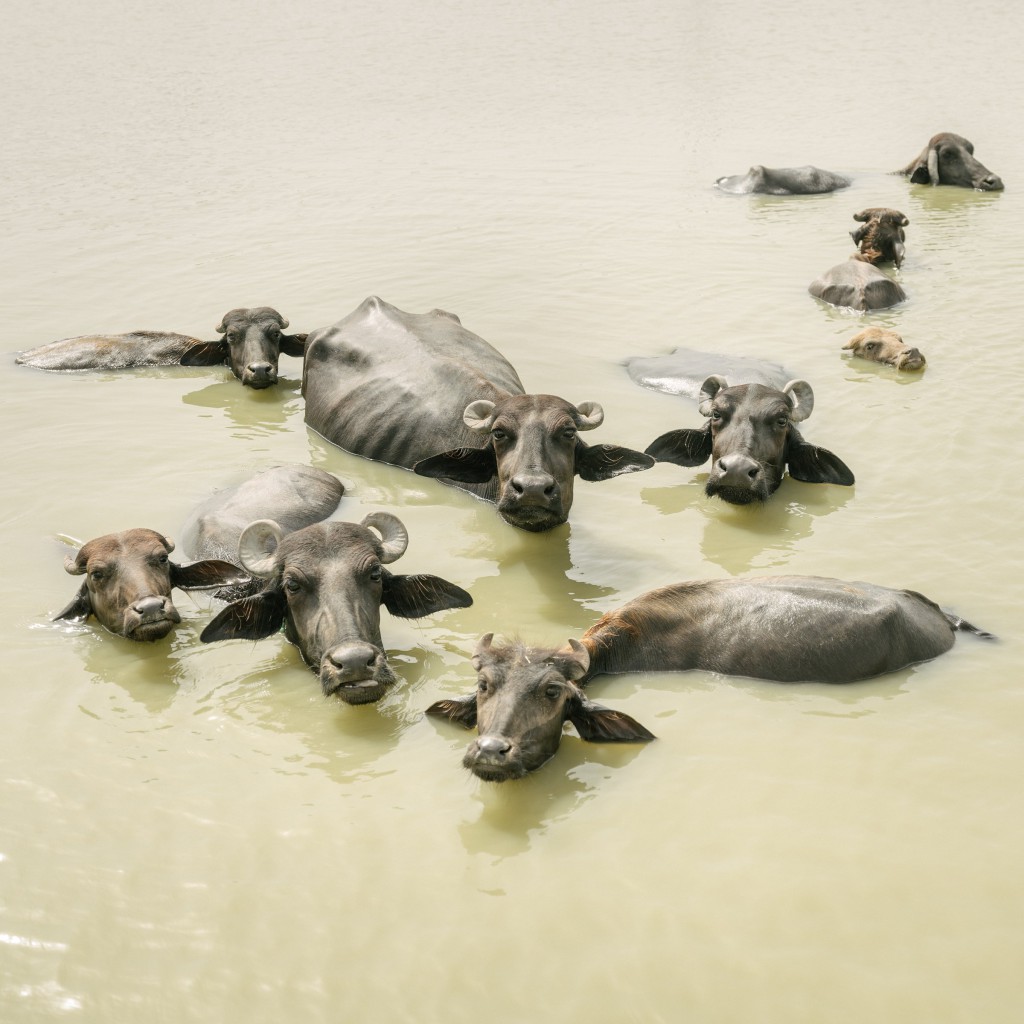
If you think the weather in the Southeast this year has been bad, compare how life in Jacobabad, Pakistan is. This is known as one of the hottest cities on Earth, and could provide a taste of what life could be like for more of the world in the future if global warming continues. You…
-
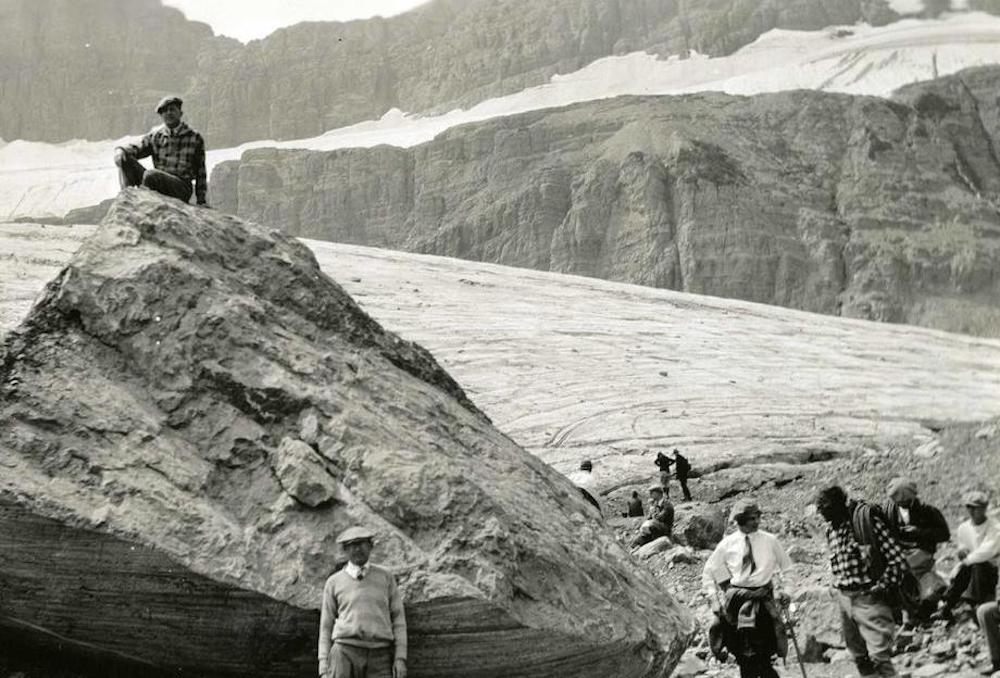
I love Atlas Obscura for its highlighting of quirky places and foods. They provide a look at some seldom-seen local sites, and provide a historical context for why these sites exist. A year ago this week AO published a story that show many before and after pictures of glaciers in national parks showing how they…
-
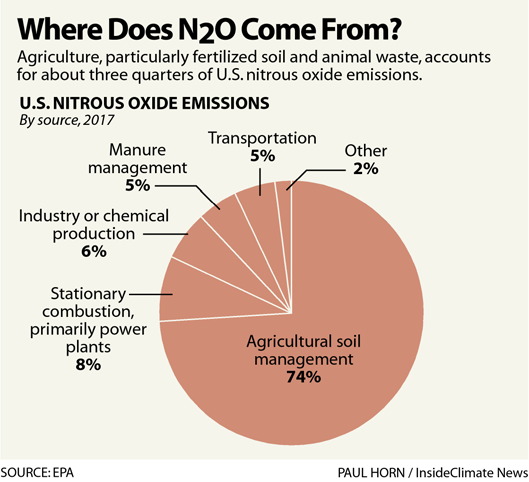
If I asked you to list some greenhouse gases, you would probably start by listing carbon dioxide and then perhaps methane. But for agriculture, nitrous oxide is arguably more important, because many sources of nitrous oxide are from farming, for example from microbes in fertilized soil or animal manure. And nitrous oxide has 300 times…
-

Today marks the autumnal equinox, the start of astronomical fall in the Northern Hemisphere. Of course climatologists already started climatological fall on September 1. For an explanation of the difference between the two definitions, check out this article from NCEI at https://www.ncei.noaa.gov/news/meteorological-versus-astronomical-seasons. Or else read this article from USA Today here. Happy fall y’all!
-
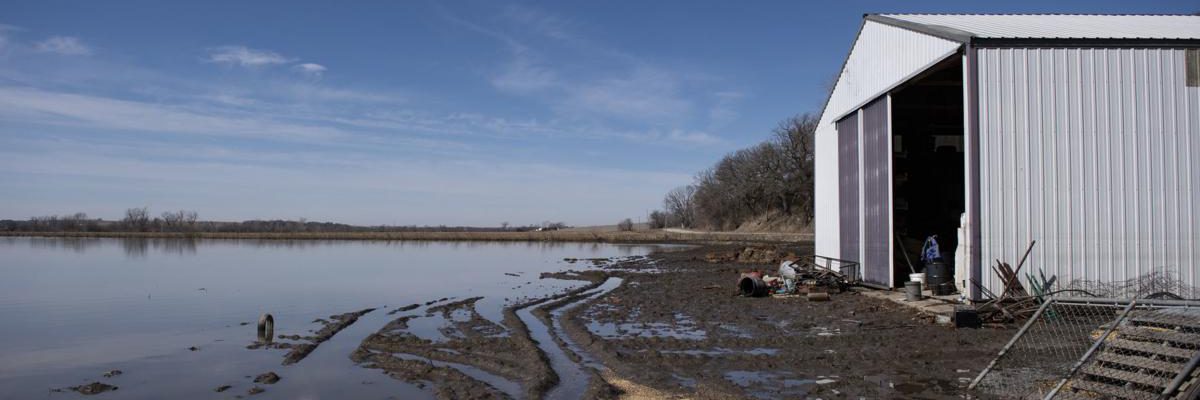
They grow a lot of corn in Iowa. And with the recent flooding followed by dry conditions, farmers in Iowa are very concerned about the potential for more extreme weather and how it may affect their bottom line as businesses. Since Iowa is one of the key states in setting the agenda for the election…
-
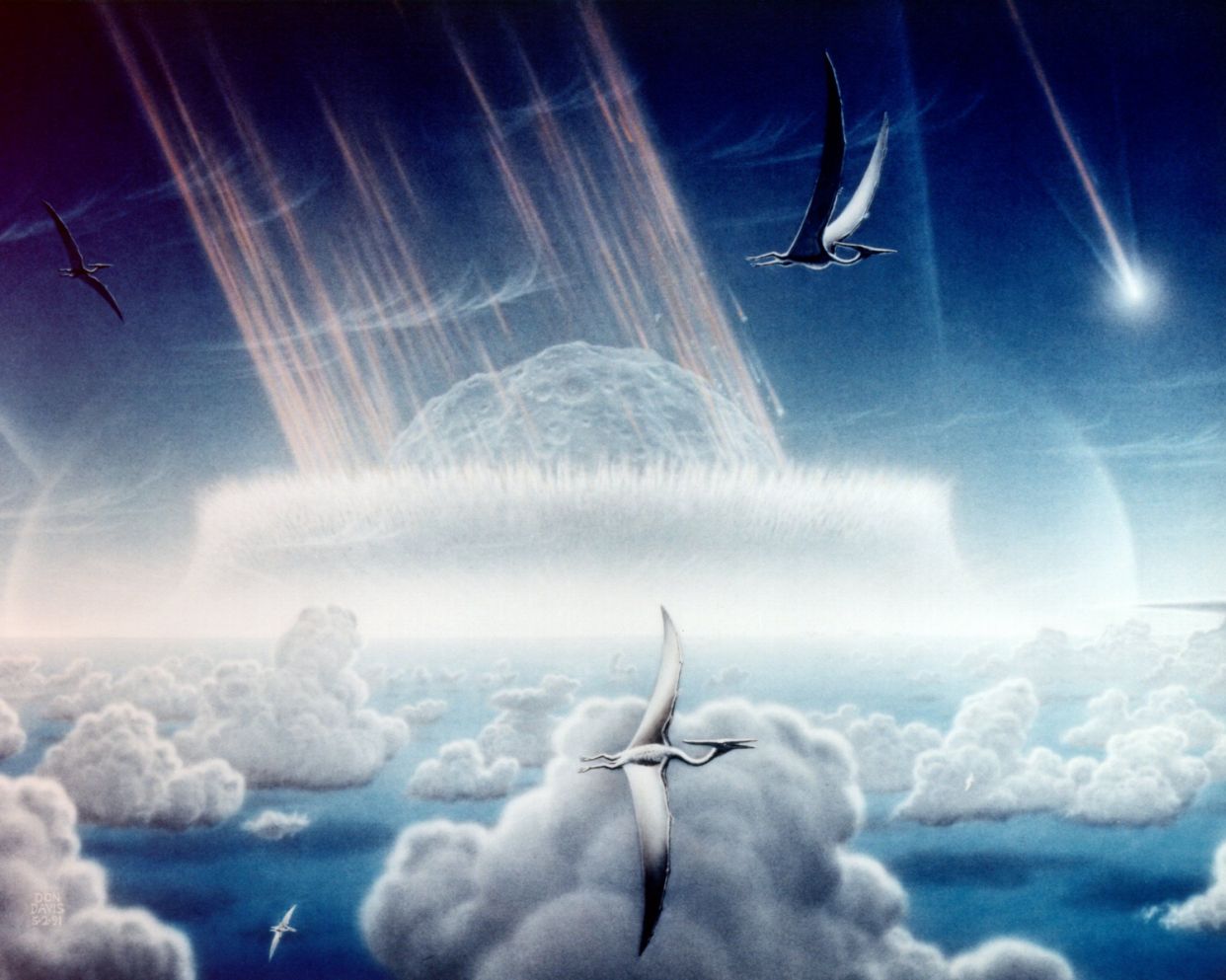
You may know a little about the asteroid that hit Mexico about 66 million years ago, leading to the death of many species including many dinosaurs. But scientists have been puzzled about whether it was the blast from the impact, a tsunami, or later cooling that killed them off. A new study published this week…
-
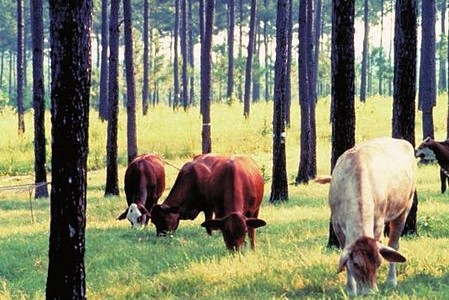
I’ve been collecting recent stories about climate and agriculture in the news that may be of interest to you. They are listed below in no particular order. Real Agriculture: Farmers need to talk to consumers about climate change Phys.org: Agrivoltaics proves mutually beneficial across food, water, energy nexus Morning Ag Clips: Restoring soil can help…